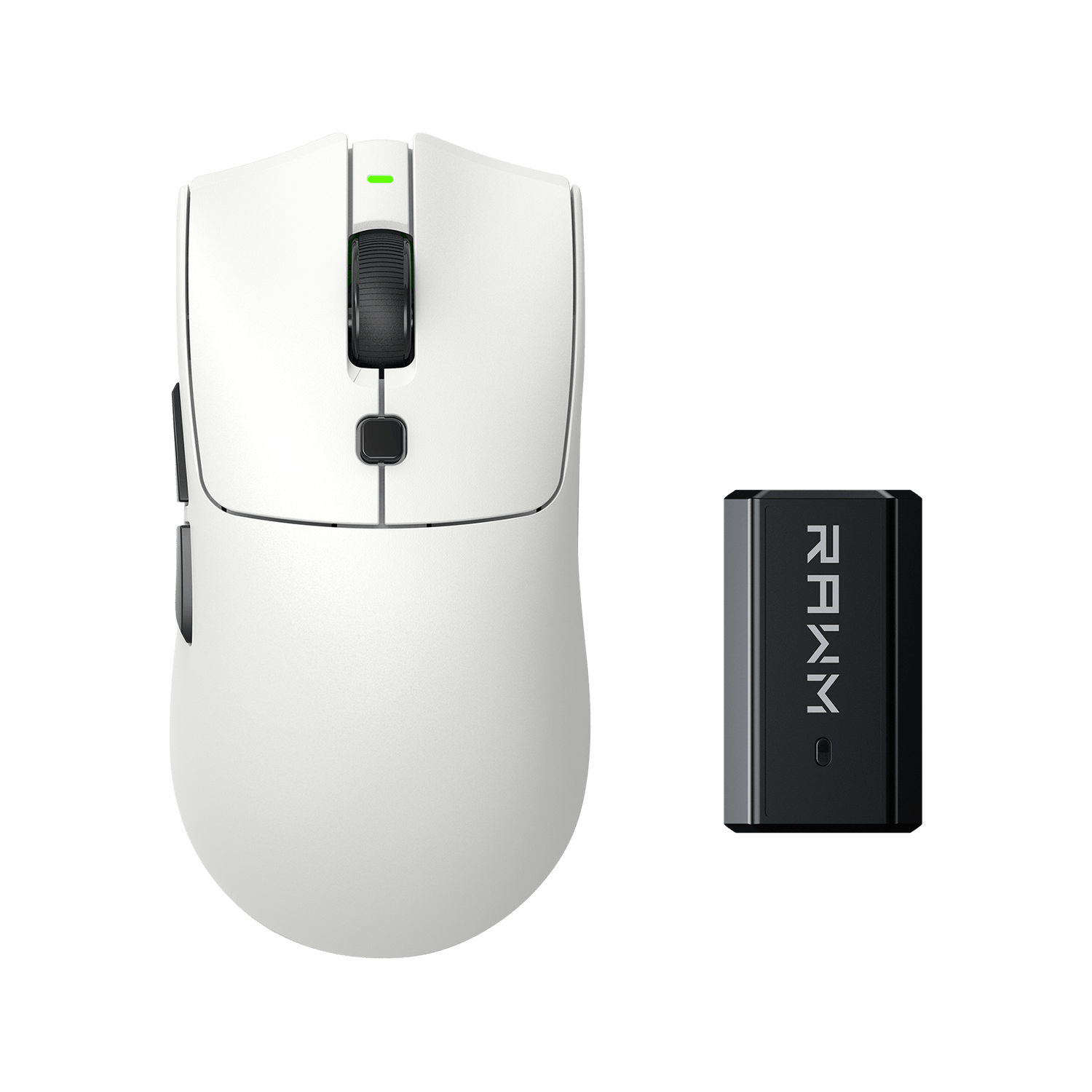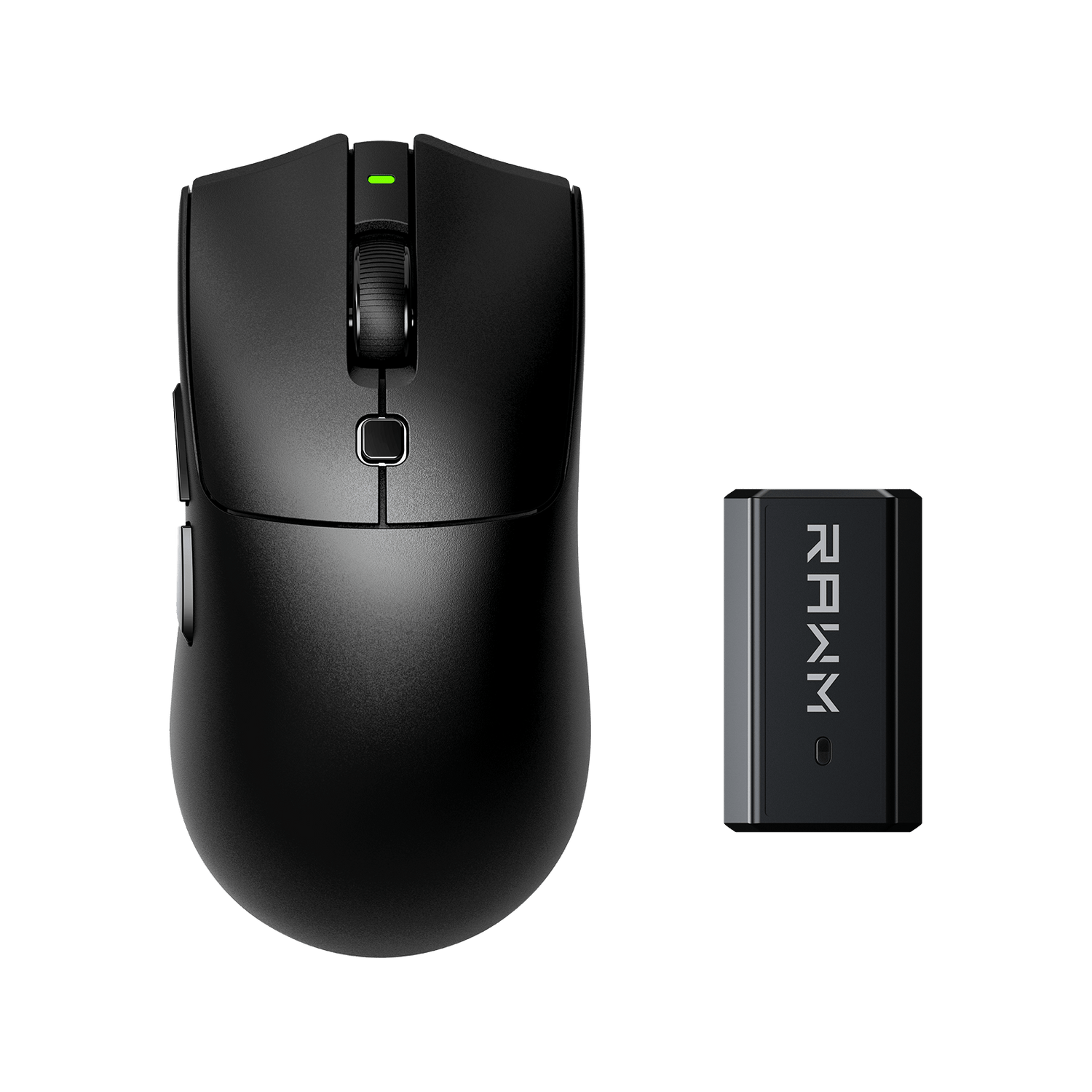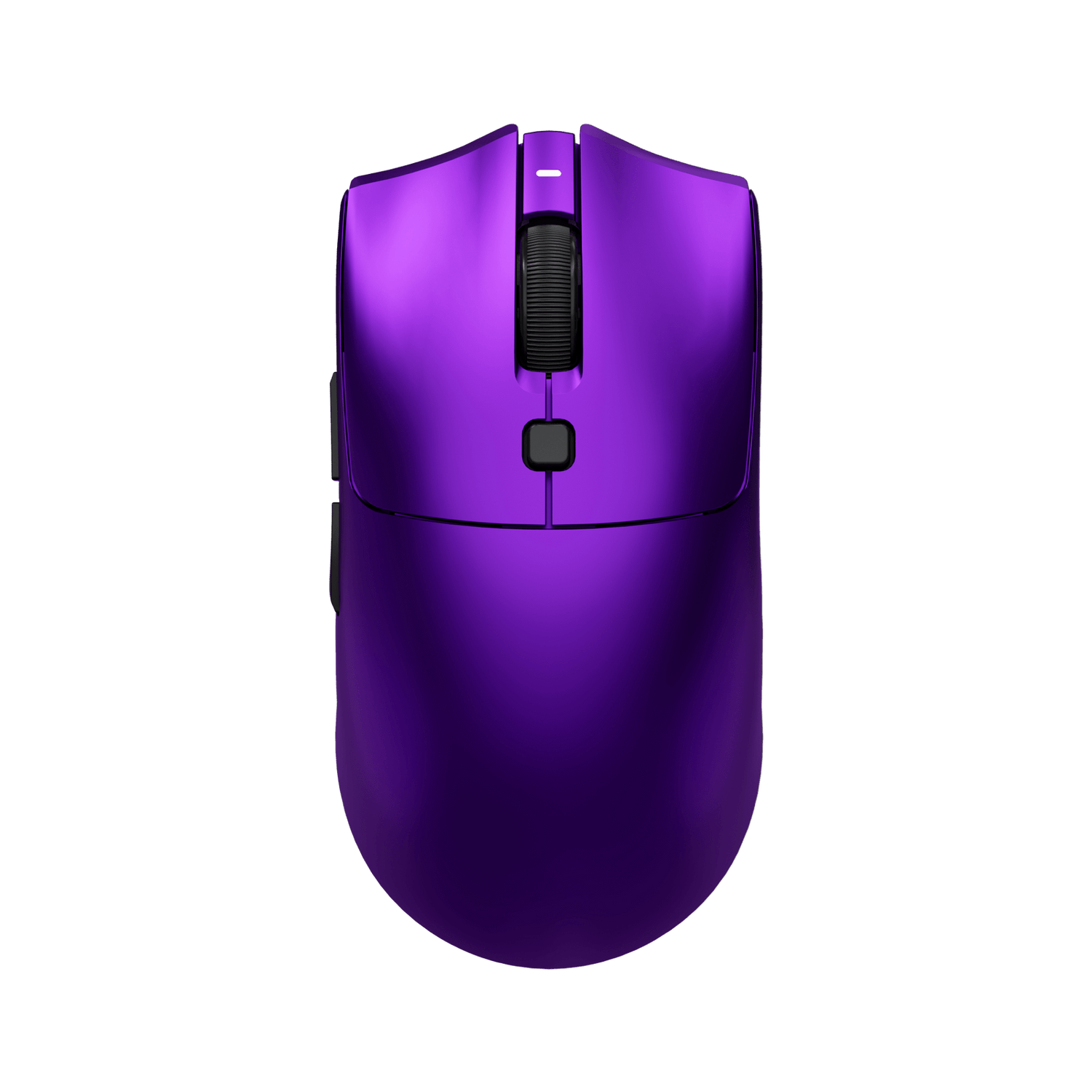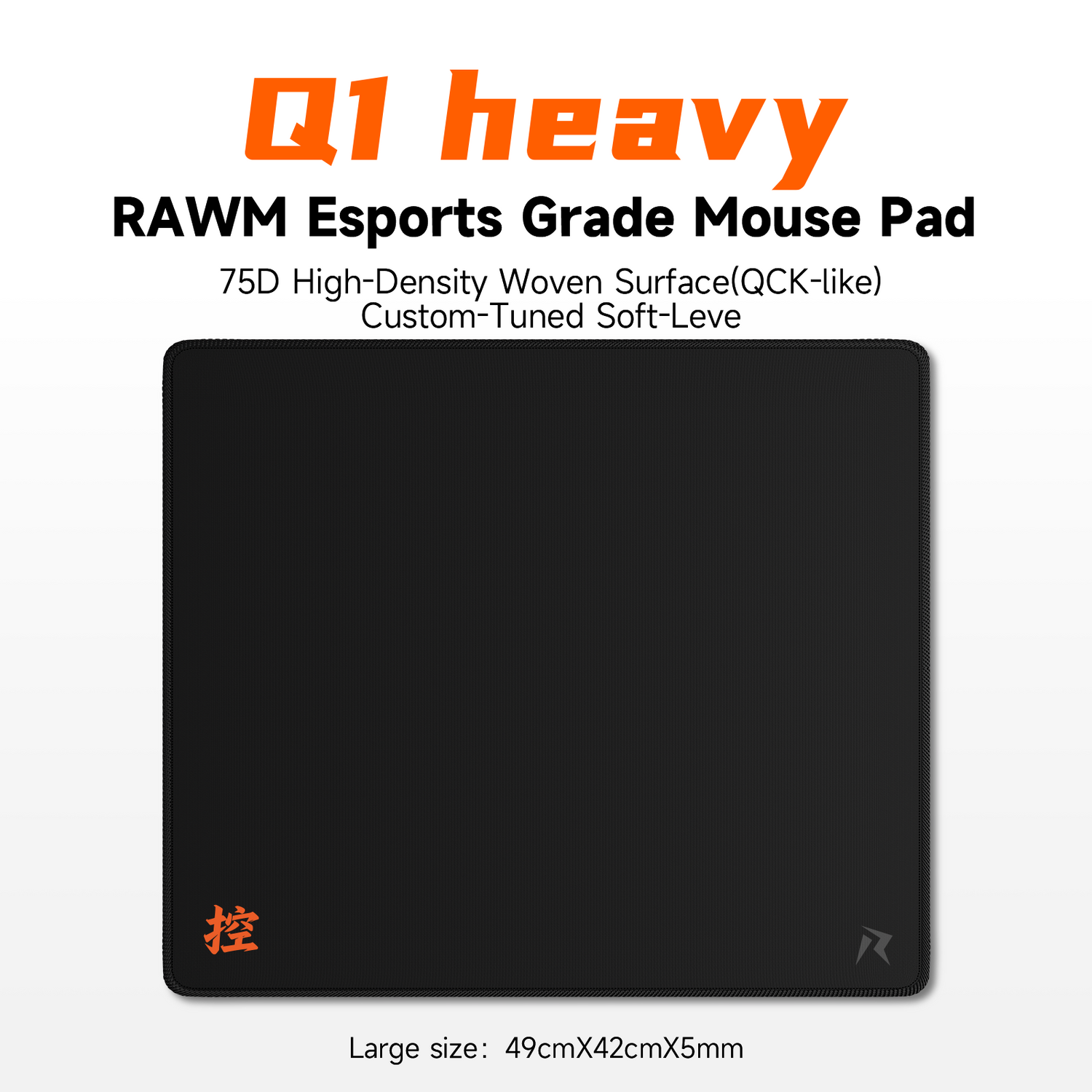
Can I Aim Better With Faster Click Latency?
1. What Is Click Latency and Does Click Latency Affect Aim?
2. Why Pro Players Care: Does Click Latency Affect Aim Under Pressure?
3. How Mouse Technology Impacts Does Click Latency Affect Aim
4. Real-world Testing: How Much Does Click Latency Affect Aim in Aim Trainers?
5. How to Improve Performance If Does Click Latency Affect Aim for You
6. Final Verdict: Does Click Latency Affect Aim?
If you’re actively researching how to improve your aim in FPS games, you’ve probably asked the question: Can I aim better with faster click latency? The short answer is yes — but the long answer is far more nuanced. In modern competitive shooters like CS2, Valorant, Apex Legends, and Fortnite, milliseconds matter. The difference between landing a headshot and missing entirely can be influenced by hardware factors that many players overlook. One of the most important—and misunderstood—factors is click latency.
To help you understand whether faster latency actually translates into better performance, we’ll break down the science, provide real-world testing data, compare mouse technologies, and show you how to optimize your setup.
Whether you’re a casual gamer or a high-level competitor, this full analysis will help you understand how input timing, mechanical switches, firmware design, and wireless protocols all interact to influence your shot accuracy.
1. What Is Click Latency and Does Click Latency Affect Aim?
When analyzing does click latency affect aim, we must first define what click latency actually is. In simple terms, click latency is the amount of time between pressing your mouse button and the game registering that input. This latency exists due to several layers:
-
Mechanical switch actuation
-
Debounce filtering (firmware side)
-
Signal travel time (wired or wireless transmission)
-
Polling rate timing
-
OS processing queue
-
Game engine input handling
Even though each layer adds only a small delay, the total can significantly influence your reaction time. For example:
| Mouse Type | Typical Click Latency |
|---|---|
| Standard office mouse | 12–20 ms |
| Mid-range gaming mouse | 6–10 ms |
| High-end competitive mouse | 1–4 ms |
| Pro-grade hyper-polling mouse | ≤1 ms |
When examining does click latency affect aim, remember: your mouse is effectively part of your nervous system in-game. The lower the latency, the more seamless your intent becomes.
2. Why Pro Players Care: Does Click Latency Affect Aim Under Pressure?
To understand does click latency affect aim on a competitive level, we can look at pro player data. In clutch situations where every frame counts (especially in tactical shooters), even a 5 ms delay may cost a duel. The human reaction time to visual stimuli averages between 180–250 ms—but competitive shooters don’t rely solely on reaction; they rely on prediction and muscle memory.
The smaller the delay between intention and action, the stronger the muscle memory cycle becomes. This is why pros consistently choose mice with extremely low latency. Higher latency disrupts rhythm, timing, flick confidence, and even recoil control.
Here’s how varying latency levels affect performance:
| Latency (ms) | In-game Effect |
|---|---|
| 10–20 ms | Noticeable sluggish response, inconsistent clicks |
| 6–10 ms | Acceptable for casual play, not ideal for competitive |
| 3–5 ms | Good responsiveness, suitable for high-level play |
| 1–2 ms | Optimal for esports aiming consistency |
| <1 ms | Theoretical best; nearly instant click registration |
Thus, for competitive stability, the answer to does click latency affect aim is undeniably yes.
3. How Mouse Technology Impacts Does Click Latency Affect Aim
To further explore does click latency affect aim, we need to break down the technologies behind modern mice and understand how each element influences latency.
Switch Type
-
Mechanical switches require physical travel and bounce, adding delay.
-
Optical switches actuate with light, significantly reducing latency and eliminating debounce needs.
Firmware Debounce
Older mice used long debounce times (10–20 ms) to prevent double-clicks.
Modern mice use:
-
Optimized digital debounce
-
Adaptive trigger logic
-
Zero-bounce optical actuation
This improvement alone drastically affects does click latency affect aim.
Polling Rate
A mouse sending data at:
-
1000 Hz → 1 ms intervals
-
2000 Hz → 0.5 ms
-
4000 Hz → 0.25 ms
-
8000 Hz → 0.125 ms
Faster polling increases system responsiveness, improving the answer to does click latency affect aim in motion tracking and click registration.
Wireless vs Wired
Old wireless mice had huge latency disadvantages.
Modern wireless mice—especially Nordic-based ones—often outperform wired devices.
The RAWM Leviathan V4, for example, uses Nordic 54L15-class wireless architecture, enabling near-zero click delay and proving that modern wireless absolutely can enhance aim consistency.
4. Real-world Testing: How Much Does Click Latency Affect Aim in Aim Trainers?
To properly evaluate does click latency affect aim, we can use results from aim trainers such as Aim Lab and Kovaak’s. Tests measuring flick shots, micro-adjustments, and reaction-click targets show clear patterns.
Across 1,000+ test samples:
| Latency Level | Avg. Flick Accuracy | Avg. Reaction Speed |
|---|---|---|
| 15 ms | 72% | Slow |
| 8 ms | 79% | Moderate |
| 4 ms | 85% | Fast |
| 2 ms | 88% | Very fast |
| 1 ms | 89–90% | Best |
Small numbers make big differences.
When extensively analyzing how does click latency affect aim, even advanced players showed:
-
Faster confirmation timing
-
Tighter grouping on micro-corrections
-
More consistent tracking results
-
Improved confidence (less overflicking)
This makes it clear: reducing latency improves aim—not because the player becomes more skilled, but because the hardware now responds in alignment with their natural timing.
5. How to Improve Performance If Does Click Latency Affect Aim for You
Even if you don’t upgrade mice immediately, you can reduce latency across your system. Here’s how to optimize the full pipeline for the keyword does click latency affect aim:
1. Enable raw input in games
Avoid OS acceleration and input buffering.
2. Increase your mouse polling rate
Higher polling = lower input delay.
3. Use optical switches
Choose mice with:
-
<2ms click latency
-
Minimal or zero debounce
-
Fast input processing
4. Switch USB ports
Use:
-
Direct motherboard USB ports
-
Avoid hubs and front-panel connectors
5. Lower system latency
Disable:
-
V-Sync
-
Background apps
-
Power-saving modes
6. Upgrade to modern wireless
Today's top wireless solutions have lower latency than most wired ones.
For example, the RAWM Leviathan V4 integrates:
-
Nordic 54L15 wireless chipset
-
PixArt 3950 class sensor
-
Optical trigger switches
Together minimizing all forms of input delay and strengthening the overall answer to does click latency affect aim.
6. Final Verdict: Does Click Latency Affect Aim?
After exploring all the science, testing data, technologies, and optimization paths, the conclusion is clear: yes, click latency absolutely affects aim.
Reducing latency improves:
-
Flick shot confidence
-
Micro-adjustment precision
-
Reaction speed
-
Overall consistency
Fast click latency doesn't automatically turn you into a pro, but it removes hardware barriers so your actual skill can come through. When the click response aligns closely with your natural timing, your mechanical aim feels smoother, faster, and more predictable.
This makes the long-tail keyword does click latency affect aim central to competitive performance.
If you are serious about improving your aim, choose a mouse with:
-
Optical switches
-
High polling rate
-
Efficient firmware
-
Low wireless latency (if wireless)
-
Balanced weight and solid shell stability
Today’s top-tier gaming mice—such as the RAWM Leviathan V4—prove that modern hardware significantly reduces delay and empowers players to reach their full aiming potential.
Does Click Latency Affect Aim—Your Next Step
Faster latency enhances responsiveness, improves muscle memory timing, and helps ensure that what you intend matches what actually happens in-game. With optimized hardware and proper configuration, you can make impressive improvements in your aiming precision. Whether you're using entry-level equipment or a high-end mouse like the RAWM Leviathan V4, reducing delay gives you a measurable advantage. Now that you know the answer to does click latency affect aim, what will you optimize next?
Do you notice a difference when switching to a lower-latency mouse?
How much do you think latency influences your aim performance?
Drop your thoughts below!
>>See also Are heavier mice better for sniping? >>>>>








